
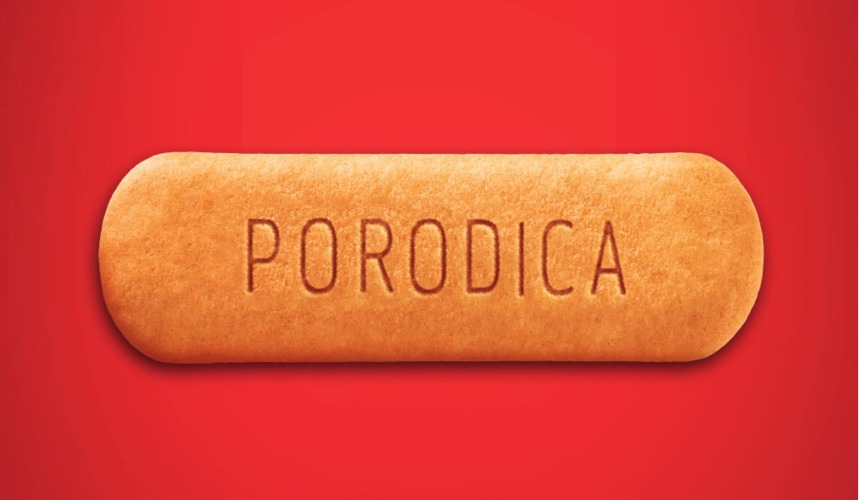
In Serbia, the word “Plazma” isn’t just synonymous with a popular snack; it’s a cultural phenomenon. Since its introduction in 1967 by Bambi, one of Serbia’s leading food manufacturers, Plazma biscuits have become an integral part of Serbian cuisine and everyday life. These crunchy, light biscuits hold a special place in the hearts of many, cherished by generations as a comforting and versatile treat.
But what makes Plazma so iconic, and why does it evoke such a strong connection within Serbian culture?
The Origins of Plazma
Plazma’s story begins in the post-war era, at a time when Serbia, like much of Eastern Europe, was rebuilding both its economy and spirit. The Bambi company sought to create a biscuit that could provide nourishment to children while being tasty enough to win over a wide audience. Inspired by Italian “biscotti,” Bambi introduced Plazma as a simple, nutritious snack, fortified with essential vitamins and minerals.
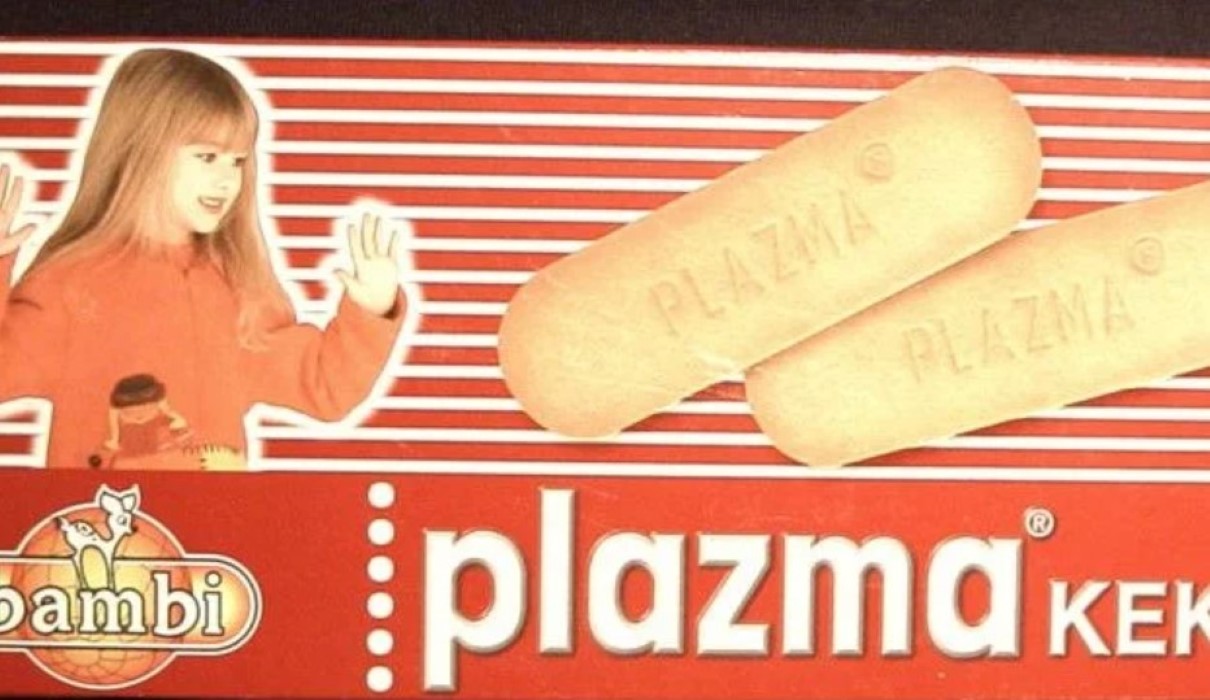
Its appeal was immediate. Plazma’s mild, slightly sweet flavor and light, crumbly texture made it perfect for children and adults alike. It quickly gained popularity across the region, evolving from a biscuit aimed at kids into a staple in Serbian households.
Plazma in Everyday Serbian Life
What sets Plazma apart from other biscuits is its versatility. It’s more than just a snack; Plazma is often used in a variety of dishes. Its neutral sweetness allows it to be incorporated into both savory and sweet recipes, from cakes and puddings to fruit salads and breakfast porridges.
A classic way Serbians enjoy Plazma is by dipping it into milk or yogurt—a simple yet nostalgic treat. It’s also the key ingredient in “Plazma torta,” a no-bake cake staple at many family gatherings and celebrations. By blending the biscuits with cream or custard, families create a dessert that’s both comforting and rich in flavor. For many, it’s more than just food; it represents shared moments around the family table.
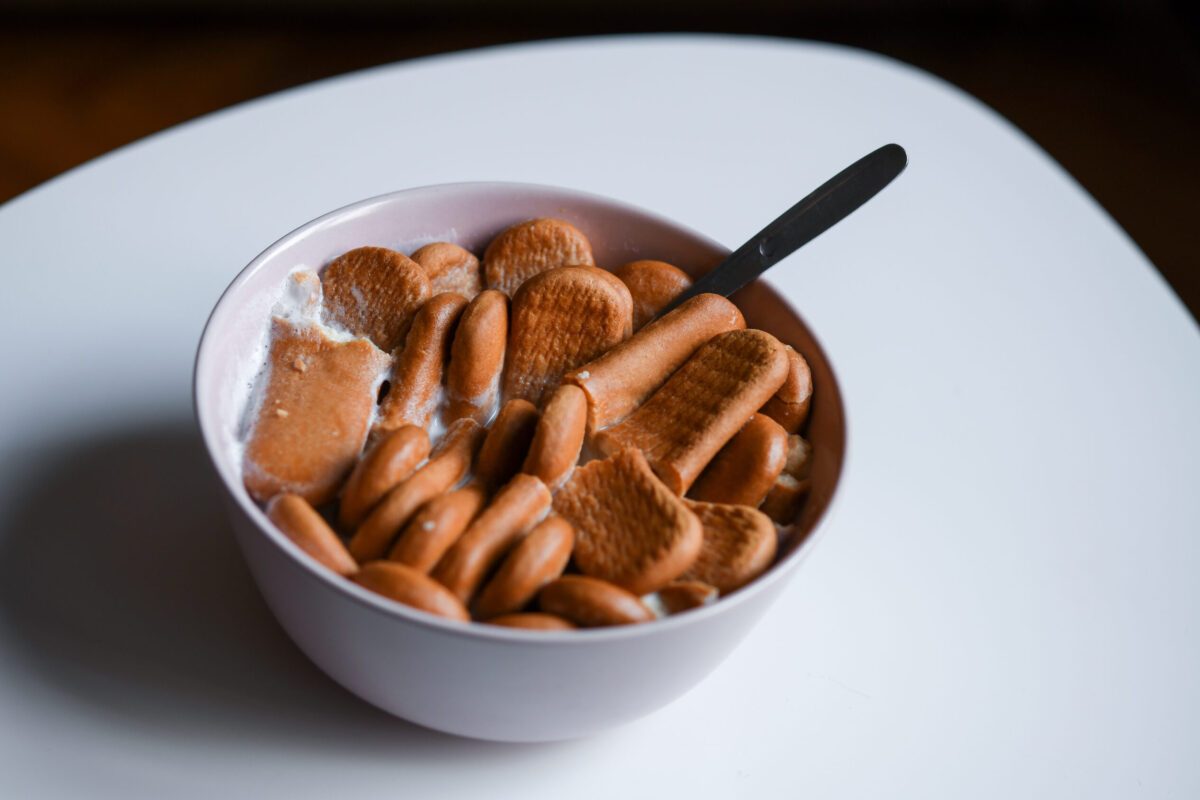
Another remarkable aspect of Plazma’s role in Serbian culture is its association with childhood. Most Serbians will tell you they grew up eating Plazma as one of their first solid foods. Pediatricians often recommend it to parents as a safe, easy-to-digest snack for infants. As a result, many Serbians carry a deep emotional connection to the biscuit, associating it with their early years and home.
Plazma as a Symbol of Nostalgia
The popularity of Plazma stretches beyond its role as a food product. It has taken on a symbolic meaning, representing a sense of continuity, family, and tradition. In a rapidly changing world, Plazma remains a constant—a reminder of simpler times and the comforts of home.
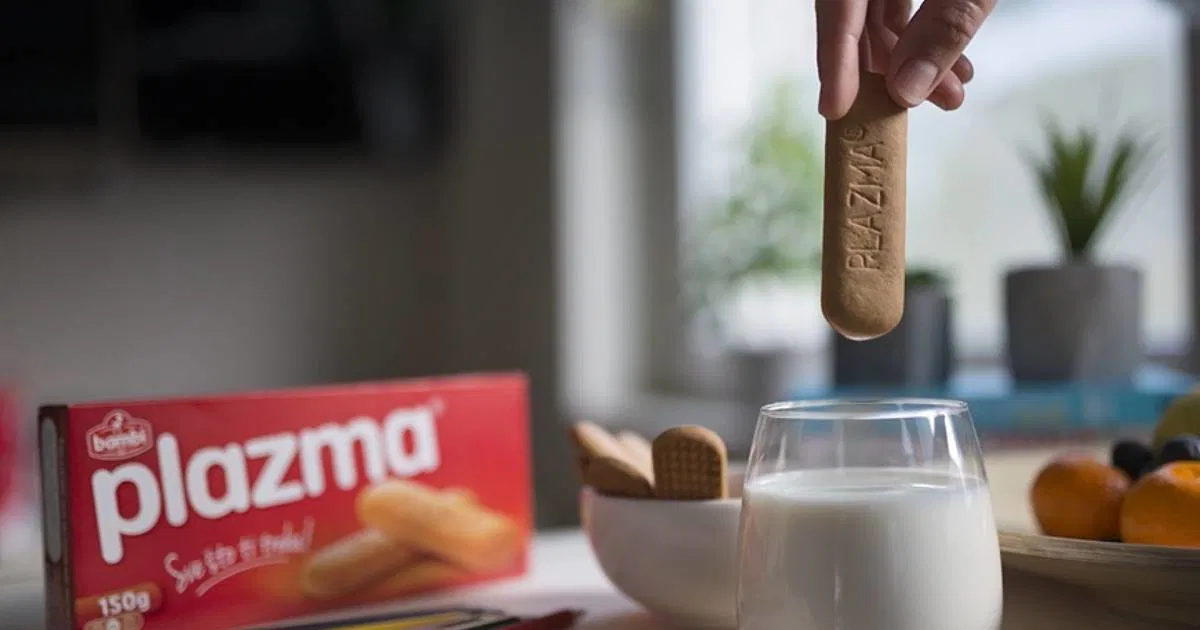
Its simple, familiar packaging, with a girl holding a biscuit on the front, has remained relatively unchanged over the decades. That logo is instantly recognizable to Serbians of all ages, evoking memories of childhood breakfasts or afternoon snacks with friends.
Plazma’s Modern Influence
In recent years, Plazma has expanded beyond Serbia’s borders, finding fans in other parts of the Balkans and even further afield. Its growing export market is a testament to its universal appeal, as people from different cultures and backgrounds discover the joy of this humble biscuit. Bambi has also introduced variations of the classic Plazma, including chocolate-coated versions, gluten-free options, and Plazma-flavored spreads.
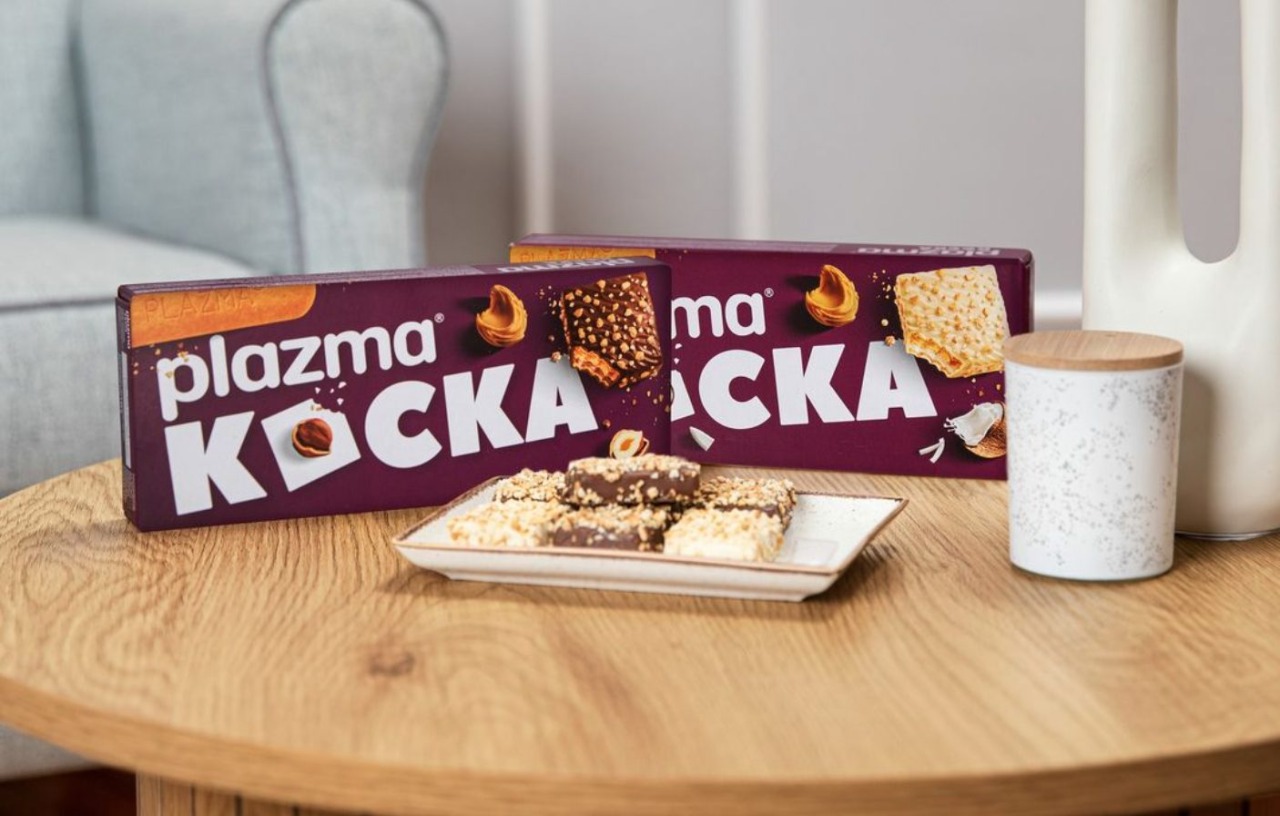
The brand has also adapted to the digital age, maintaining its nostalgic identity while engaging with modern consumers through social media and influencer partnerships. Plazma continues to play a role in contemporary Serbian life, appearing in creative recipes and being featured in new food trends.
The Fire at the Plazma Factory: A Setback in Serbia’s Biscuit Industry
On June 29th, 2023, a fire broke out at the Bambi factory in Požarevac. Emergency services were quickly alerted, and several firefighting units were dispatched to the scene. It took firefighters several hours to bring the blaze under control. While no casualties were reported, the damage to the facility was significant, with several production lines severely affected.
As a result of the fire, Plazma production was temporarily halted, causing disruptions in the supply chain. The sudden scarcity of Plazma biscuits in stores across the country led to widespread concern among consumers, who rushed to buy the remaining stock. Bambi has assured the public that they are doing everything in their power to restore production as quickly as possible.
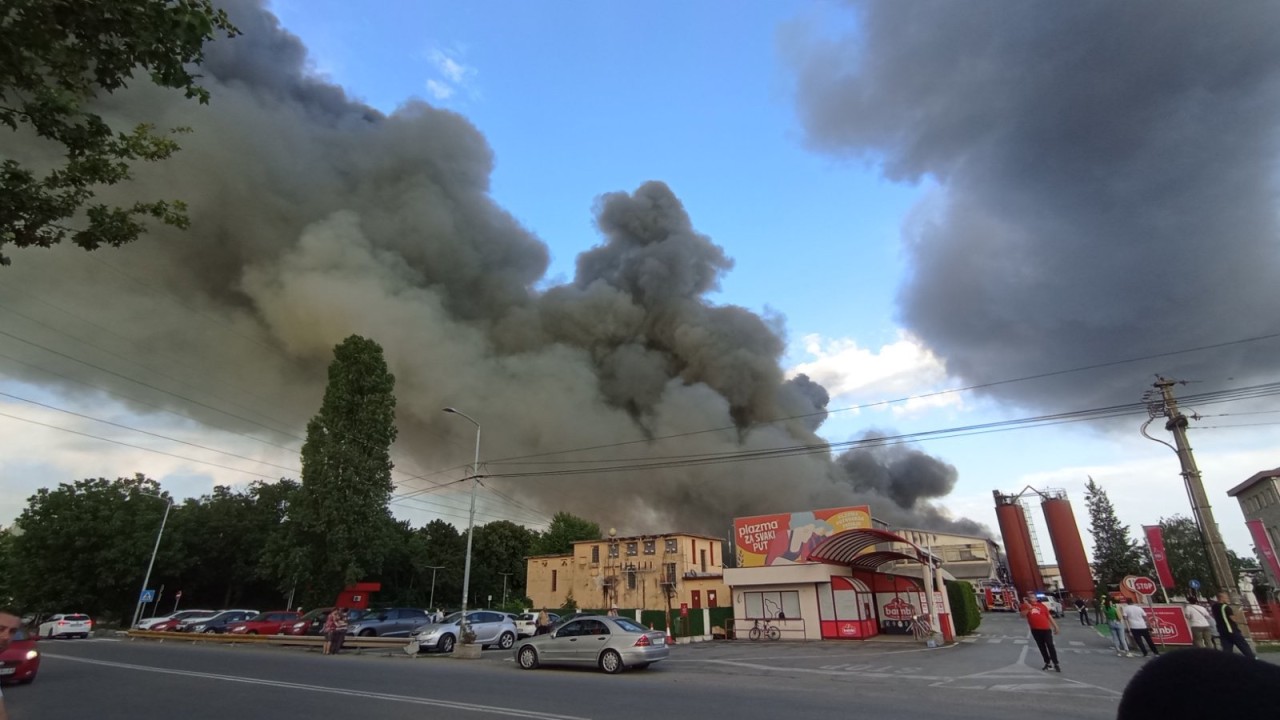
While the fire at the Bambi factory has caused a temporary disruption, it is unlikely to tarnish the long-term reputation of Plazma biscuits. In fact, the incident has only served to highlight how deeply Plazma is woven into the cultural and emotional lives of the Serbian people. As Bambi works to restore production, it is clear that Plazma’s place in Serbian society is as strong as ever.
The factory fire serves as a reminder of the challenges that even iconic brands can face, but it also underscores the resilience of companies like Bambi, which have been a part of the Serbian identity for decades. The story of Plazma’s recovery from this setback will likely become another chapter in the brand’s enduring legacy.
As the factory rebuilds, Serbians look forward to the day when Plazma biscuits return to shelves in full force, ready to continue being a beloved part of everyday life.
Recipe for classic Plazma Torta (No-Bake Cake)
A beloved Serbian dessert, this cake is easy to make and perfect for any occasion.
Ingredients:
- 300g Plazma biscuits (crushed)
- 500ml milk
- 250g butter (softened)
- 200g powdered sugar
- 200g whipped cream
- 1 tsp vanilla extract
- 100g chocolate (optional, for topping)
Instructions:
- In a bowl, beat the softened butter with the powdered sugar and vanilla extract until smooth and fluffy.
- Gradually add the whipped cream and mix well until you get a creamy consistency.
- Dip the Plazma biscuits in milk for a few seconds (don’t soak too long or they will become too soft).
- Layer a tray or cake pan with the soaked biscuits, creating an even base.
- Spread a layer of the cream mixture over the biscuits.
- Continue layering biscuits and cream until you’ve used all ingredients, finishing with a cream layer on top.
- (Optional) Melt chocolate and drizzle over the cake or grate chocolate on top for decoration.
- Refrigerate the cake for at least 2 hours (preferably overnight) to set.
- Slice and serve chilled.

Conclusion: More Than Just a Biscuit
Plazma’s success lies not only in its taste but in its deep connection to Serbian culture. It’s a biscuit that transcends generations, evoking memories of family, childhood, and home. For many Serbians, Plazma is a symbol of comfort and continuity, providing a sense of belonging in an ever-changing world.
Whether eaten straight from the package, dipped in milk, or used in a beloved family recipe, Plazma holds a cherished place in the hearts of many. It’s more than just a snack; it’s a cultural icon, embodying the warmth, nostalgia, and togetherness that are at the heart of Serbian life.
Related Articles


Kuršumlijska Banja: Serbia’s Quiet Winter Spa Escape
December 30, 2025
Novak Đokovic Receives Special Globe Soccer Award in Dubai
December 29, 2025
From Culture to Sport: The Moments That Shaped Serbia in 2025
December 27, 2025





